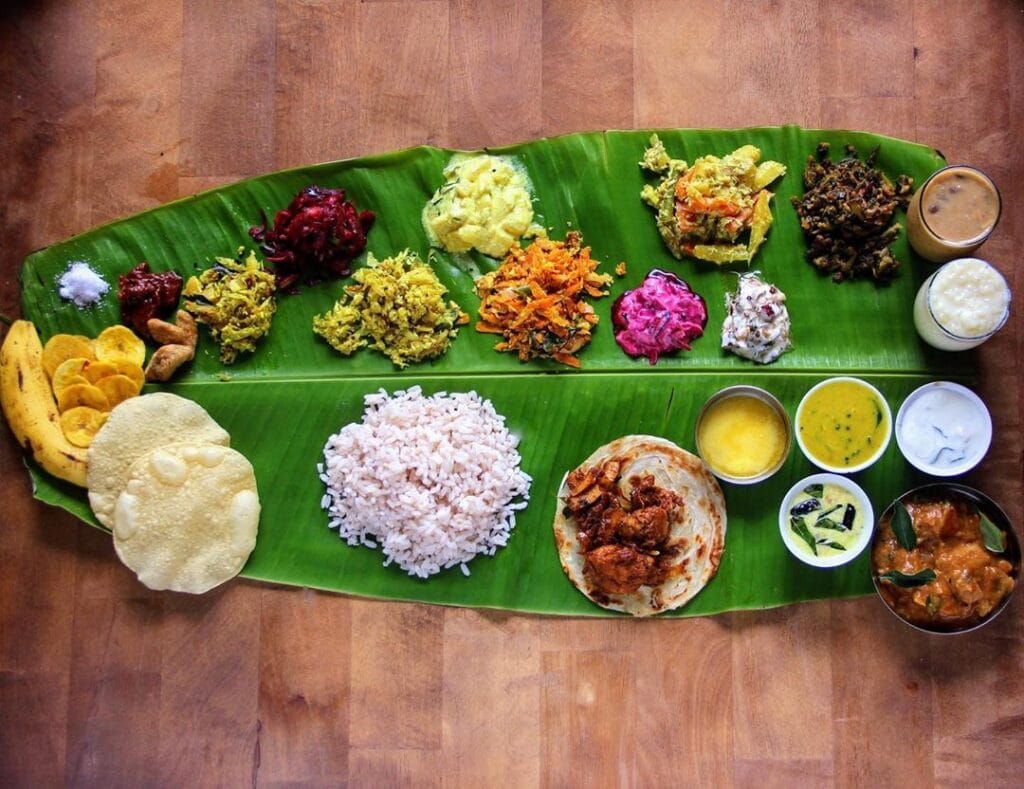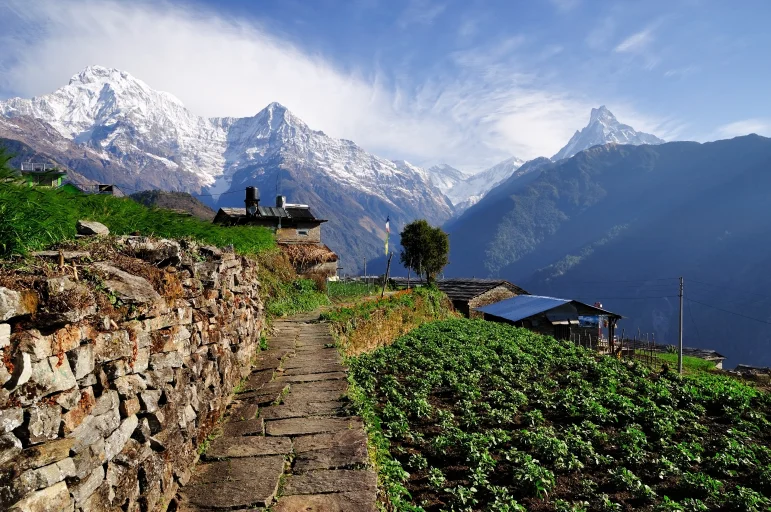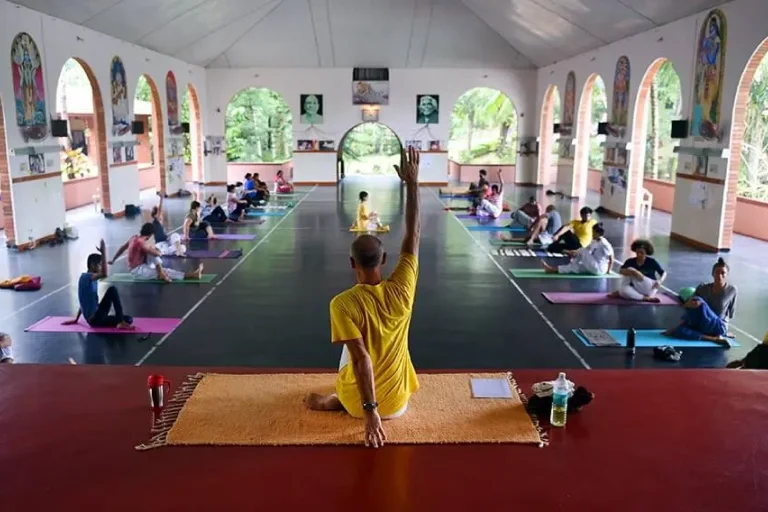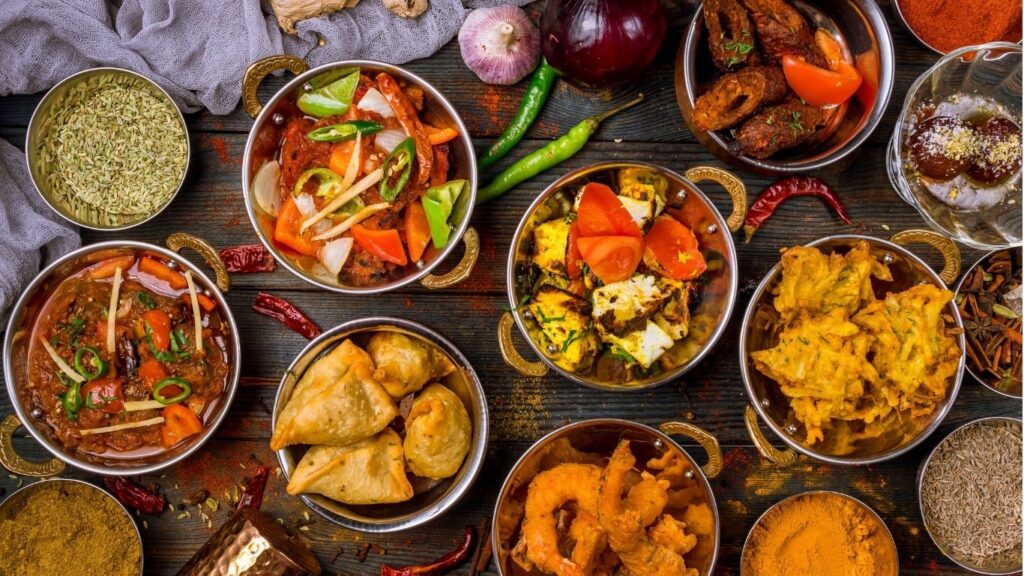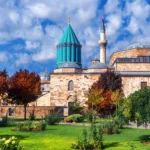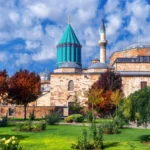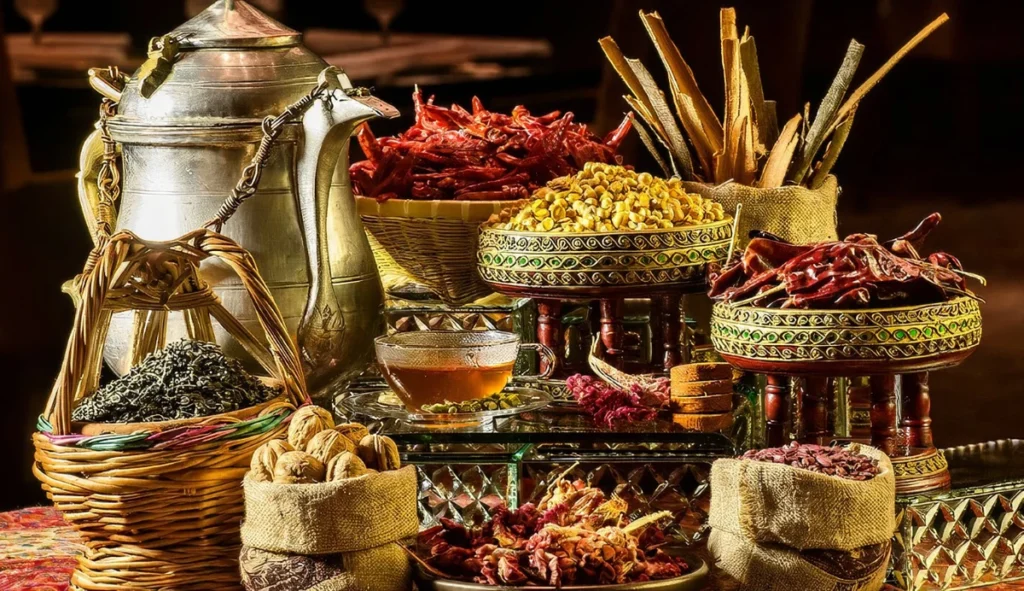
Food is not only a way to survive, but it also works as a bridge between culture and identity, or spirituality. In the countries of India and Nepal, which were deeply rooted in spiritualism, food enters daily life, religious practice, and the path toward self-discovery. Starting from the sacral kitchens of Hindu temples and the meditative meals of Buddhist monasteries, every dish speaks to the story of connectedness and commitment.
FOOD IN HINDUISM: A DIVINE OFFERING
In Hindu culture, food is first an offering to the divine before it nourishes the body. Known as prasadam, these offerings signify gratitude and devotion. Temples across India prepare large quantities of prasadam daily, with ingredients chosen for their purity. The famous Khichdi, a simple mix of rice and lentils, is often served in temples and represents humility and balance.
The other most loved preparation at any Hindu occasion is Pongal. Pongal is one kind of sweet or savory rice preparation on special days. The sweet has coconut, jaggery, and cardamom, adding to an enhanced taste, while the other preparation with peppercorns and curry leaves balances a melody of tastes.
In many everyday Hindu households, foods are prepared according to the principles of Ayurveda for balance and health. Foods such as dal (lentils), sabzi (vegetables), and roti (flatbread) feed not only the body but also the doshas (energetic forces) of an individual to create physical and spiritual harmony.
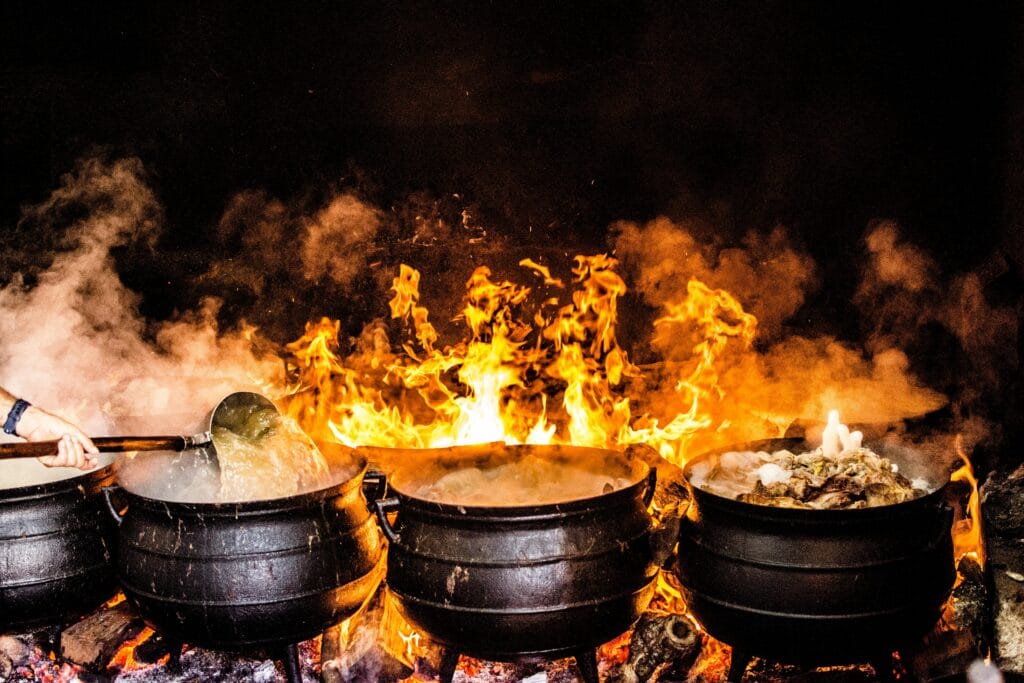
The Buddhist Philosophy of Food
Food is one form of mindfulness in Buddhism. Monasteries in Nepal emphasize simplicity and gratitude, making every meal an opportunity to practice awareness. A traditional meal in a monastery might include thukpa, a hearty noodle soup, or dal bhat, Nepal’s iconic lentil and rice dish.
Dal bhat is more than a meal; it usually comes with pickles, curries, and greens-actually, dal bhat is an indication of nourishment and community, and to be eating this repetitively as a daily course is one of gratitude and humility.
The other important part of the Buddhist tradition is butter tea-a hot stimulating drink prepared from a combination of yak butter, tea leaves, and salt. This drink speaks of mountain peoples’ ingenuity and spiritualism-simply put, it means communicating with nature.
Festivals and Feasts: Celebrating Culture Through Food
Food takes center stage during festivals in India and Nepal, blending spirituality and celebration. During Diwali, the festival of lights in India, households prepare an array of sweets like ladoos (round sweet balls) and jalebi (fried dough soaked in syrup), symbolizing joy and prosperity.
In Nepal, Dashain is the longest and most auspicious Hindu festival, featuring traditional delicacies such as sel roti, a crispy rice flour doughnut, and gundruk, a fermented leafy green showcasing the country’s culinary ingenuity.
These foods are more than delicious; they are imbued with cultural and spiritual meaning, strengthening familial and communal bonds.
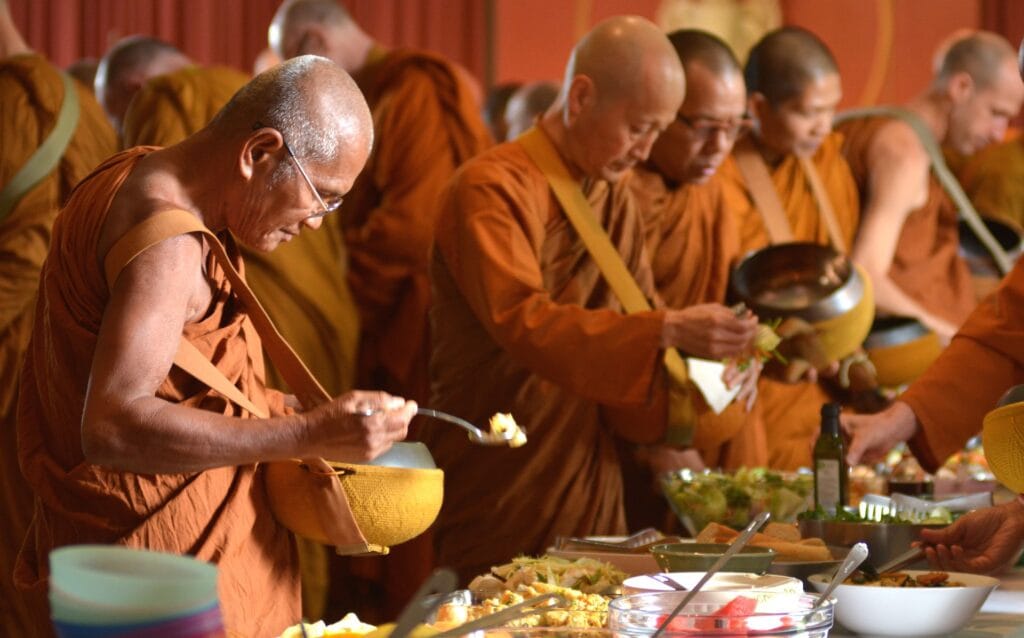
Mindful Eating in Spiritual Practices
Both Hinduism and Buddhism emphasize the importance of ahimsa (non-violence) in food choices. This principle manifests in vegetarian diets, widely practiced in India and Nepal, reflecting compassion for all living beings.
Meals are often prepared with mindfulness, focusing on the energy and intention behind every ingredient. In meditation retreats, a silent meal brings awareness of texture, taste, and most importantly, the action of eating.
It can make a plain meal a spiritual experience and a connection between your body and your mind.
Conclusion: Food as Spiritual Path
Food was more than intake over the plate in India and Nepal-it’s a sacred ritual, a cultural emblem, even a way toward spiritual awakening.
Each single food item tasted from dal bhat to ladoos carries with it centuries of tradition, philosophy, and reverence.
One traveling through such regions nourishes not only their bodies but even their souls and discovers
